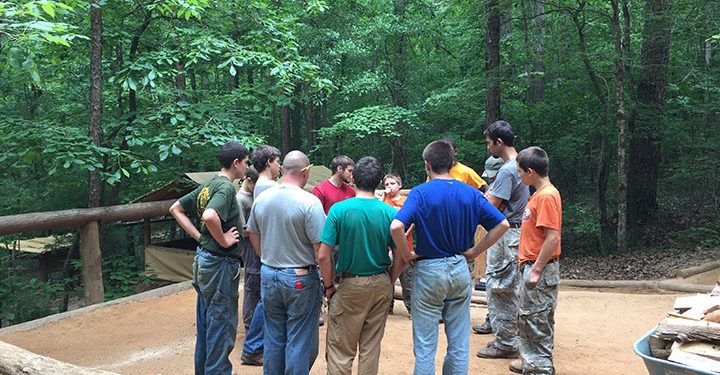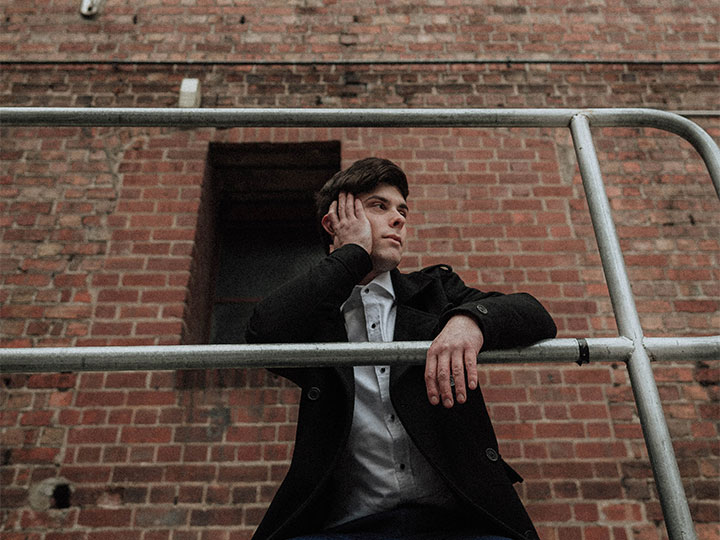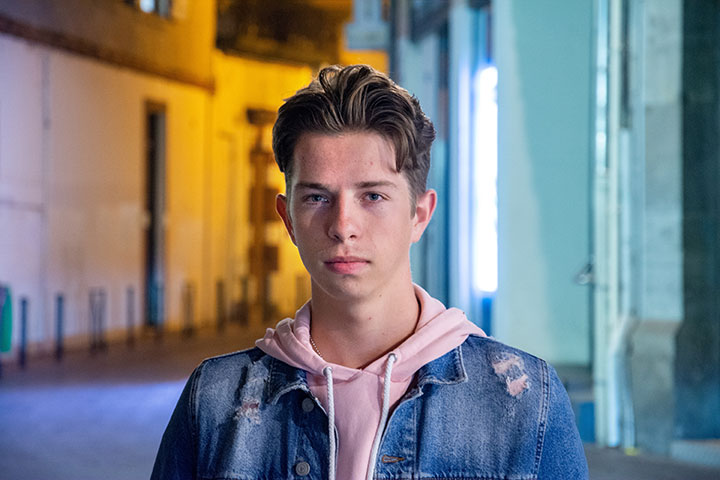
Many children adopted from foreign countries suffer from reactive attachment disorder (RAD). “RAD is a condition in which a child doesn’t establish healthy attachments with parents or caregiver,” a mother explains. “It may develop if the child’s basic needs for comfort, affection and nurturing aren’t met.”

Children with RAD thrive on chaos and upheaval. “Our family life was out of control,” one mother of a boy with RAD recalls. “We couldn’t take him out in public. The more we showed him affection, the more he would push us away. He was tearing our family apart!”
Radical Attachment Disorder (more commonly referred to as Reactive Attachment Disorder) is a disorder that is found in children or young adults who have not formed strong attachment with their primary caregiver or a young adult who had been neglected in their younger years by their primary caregiver. There are two primary types of reactive attachment disorder: inhibited and disinhibited. These two types are typically manifested with different types of behavior. Inhibited Radical Attachment Disorder is typically characterized by behaviors that are detached or unresponsive, while Dis-inhibited Radical Disorder is characterized by inappropriately familiar behavior with others. This disorder is not yet as well researched as some, and there is not yet a generally accepted response and treatment regimen.
Teens who deal with Radical Attachment Disorder (RAD) face inability to form proper relationships with others either by not allowing relationships or by forming inappropriate relationships. If Radical Attachment Disorder is not treated the teen may develop social, behavioral, and psychological issues later in their life. It is important that these teens are encouraged to form appropriate relationships with those around them.
from Best Therapeutic Boarding Schools, “About Radical Attachment Disorder”

“Camp provides a space for a boy to deal with his attachment difficulties,” explains Gary Barnhart, program director. “We have the time at camp for him to share when he is struggling. His chiefs and group will stop everything to focus on the present distress. As he begins to open up, the others speak into his life in a caring and understanding way. Over time, his brain will start to reframe relationships as he learns to express what he is feeling and begins to trust others.”
“Everything we do at camp, we do together,” Daniel Hochstetler, executive director, said. “The constant interaction with his chief and the other campers fosters trust. As they solve problems, they are able to get below the surface of his acting out to see what is really bothering him. As they care and help each other, the boy becomes part of the solution – not just a problem. He begins to believe that he can be different.”
